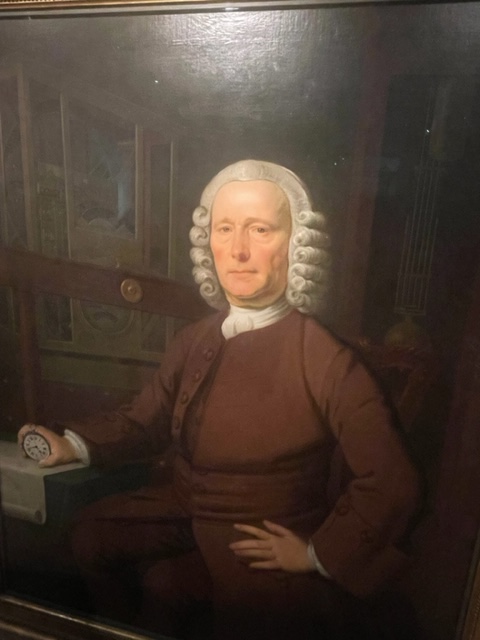
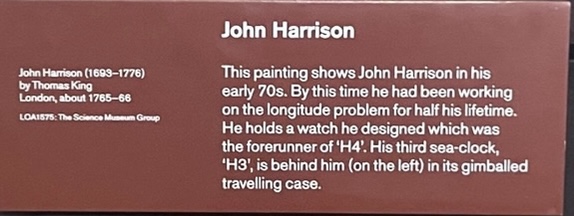
Late in the morning this past Saturday we trekked out with Amanda in search of a light meal and adventure. After getting some takeaway from Ginger & White, proceeded to some benches outside St John’s Church in the center of Hampstead. As we munched our sandwiches and listened to bits of conversation around us, we became fascinated with the famous burials in the churchyard here. But the story that has reached out and pulled us in is that of John Harrison. Born in 1693 in Yorkshire in the north of England he was a self-taught carpenter and clockmaker. When he was twenty-one Parliament passed the 1714 Longitude Act and set the course for Harrison’s life as he set off on a quest to build an accurate marine chronometer. We learned much more about him and his quest when we visited the Royal Observatory at Greenwich on Tuesday. Ultimately he developed four timepieces dubbed H1, H2, H3, and H4 and although never officially won the prize offered by the 1714 Longitude Act he was richly compensated for the development of the H4 near the end of his life and is recognized as having solved the problem of determining longitude at sea. Then 250 years later, he earned a spot in the Guinness World Records for designing a clock that lost only 5/8 of a second in a 100 day trial!
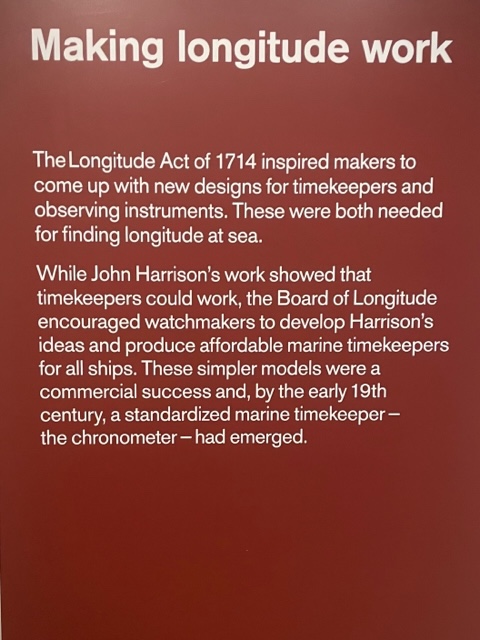
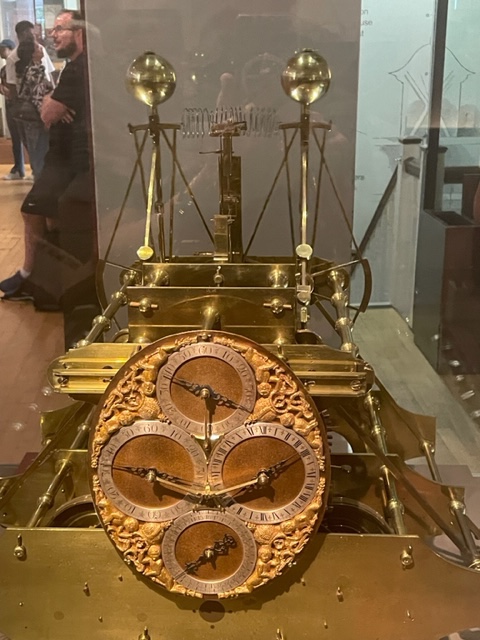
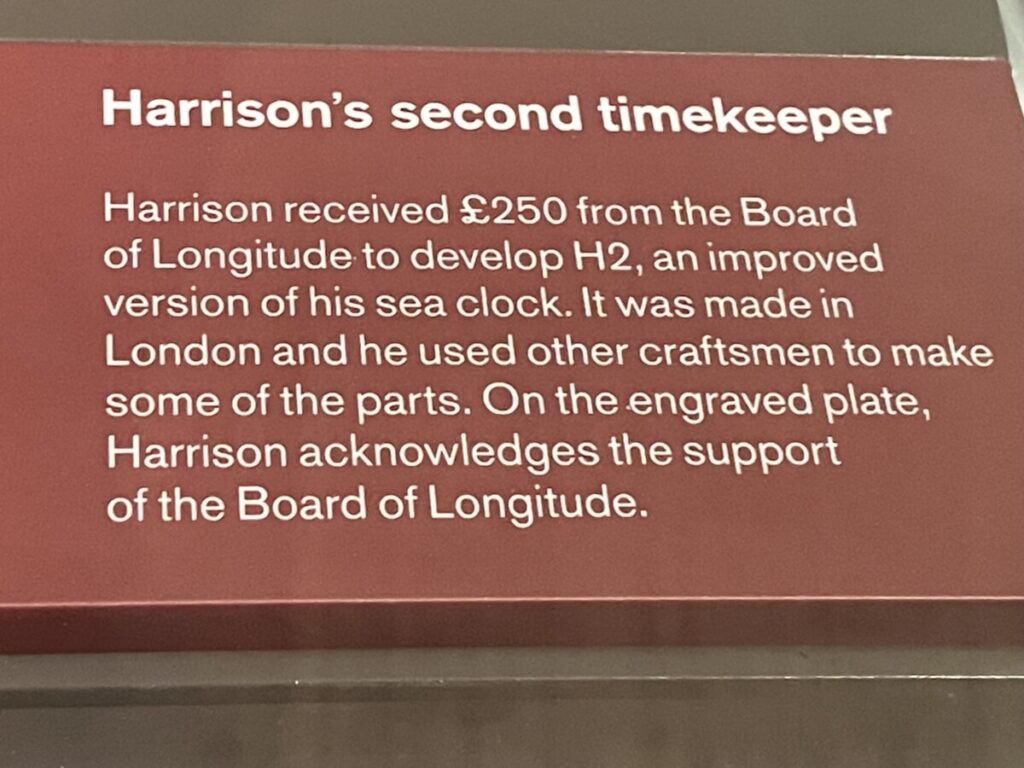
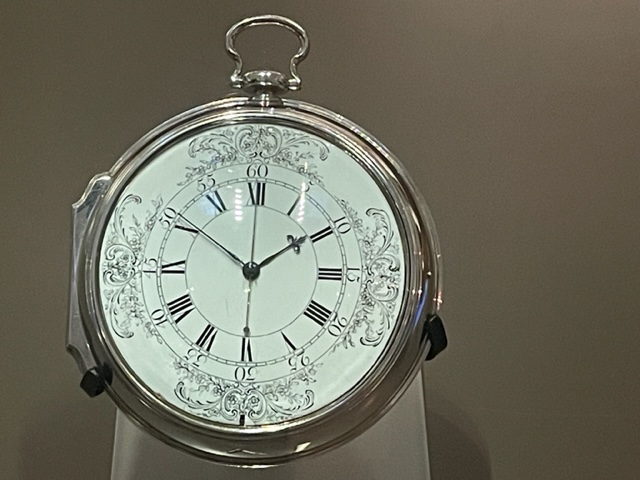
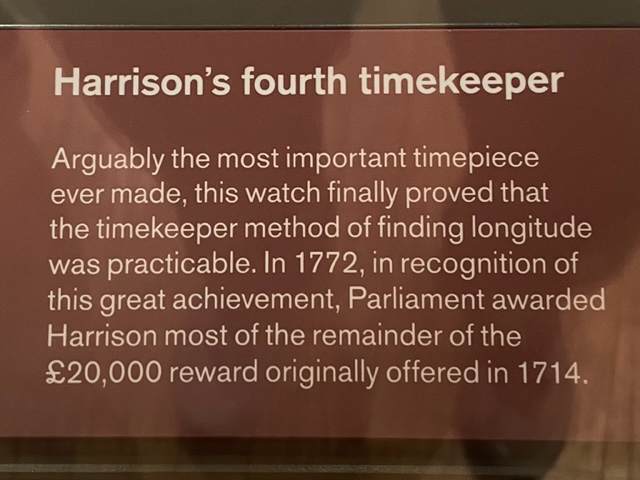
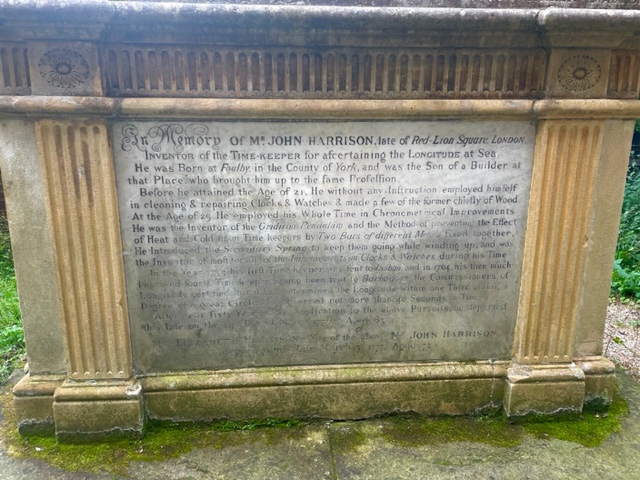
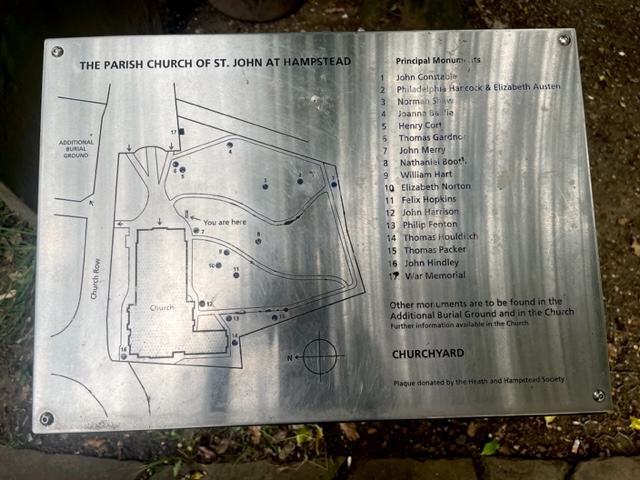









Thank you for sharing delightful bits of your trip to jolly old England!
Bill and I read “Longitude” some years ago. I recommend it and now there is an illustrated edition.
This is from Dava Sobel’s website discussing her book “Longitude”:
“People still ask me, “What’s this book about, really?” And I tell them it really is about longitude—about the race to discover a means for determining position at sea, a challenge that stumped the wisest minds of the world for the better part of two centuries. Many famous scientists, including Galileo, Isaac Newton, and Charles Darwin, appear in the story, but the solution to the “longitude problem” came from an unknown, self-educated clockmaker, John Harrison, who devoted forty years to the effort.”
“The book became a surprise best-seller and is still in print. For the 10th anniversary edition in 2005, astronaut Neil Armstrong wrote a foreword that speaks of his lifelong admiration for John Harrison.”
“Recently I received a message from someone who had read the book, seen the made-for-TV movie based on it, and then traveled to Greenwich for a first-hand look at the original longitude sea clocks. “Never mind Stratford-upon-Avon, Stonehenge, Westminster Abbey, Big Ben, the palaces and gardens, the Tower of London, even Abbey Road,” he wrote. “The Royal Observatory was the highlight of our trip to England.”
Excellent post and a great history lesson!